Preschool Table and Chairs for Educational Environments
We showcase our comprehensive range of preschool tables and chairs designed to create effective early education learning environments. Xiair World offers high-quality, customizable preschool furniture to meet the diverse needs of nurseries and educational institutions. Durable, easy to maintain, and highly safe, our tables and chairs are available in various customized options in multiple sizes, colors, and materials to suit different classroom requirements.
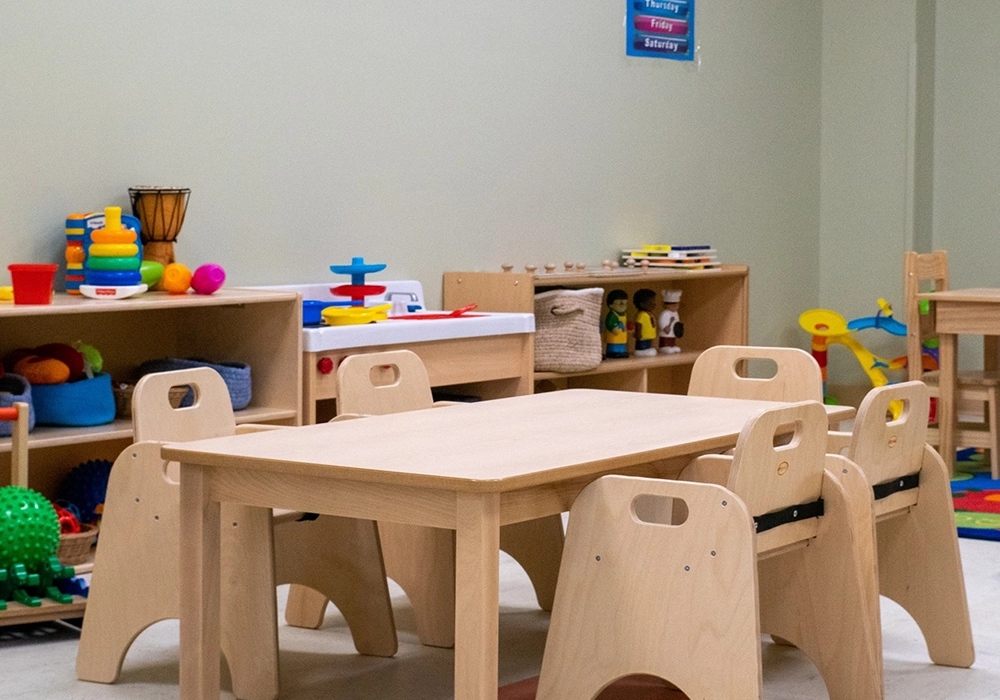
Versatile Preschool Tables and Chairs for Every Classroom Setup
We offer a range of specialized preschool tables and chairs to suit a variety of educational activities and classroom designs. Our selection covers a wide range of furniture types, including round, square, and rectangular tables to fit any room layout and chairs in various heights and sizes to ensure compatibility with the varying ergonomic needs of students. Choose from a wide range of colors and materials to meet the rigors of everyday use while creating a safe and fun learning environment. Equipping your educational facility with our specially designed furniture ensures that each piece meets the specific needs of the kindergarten classroom.
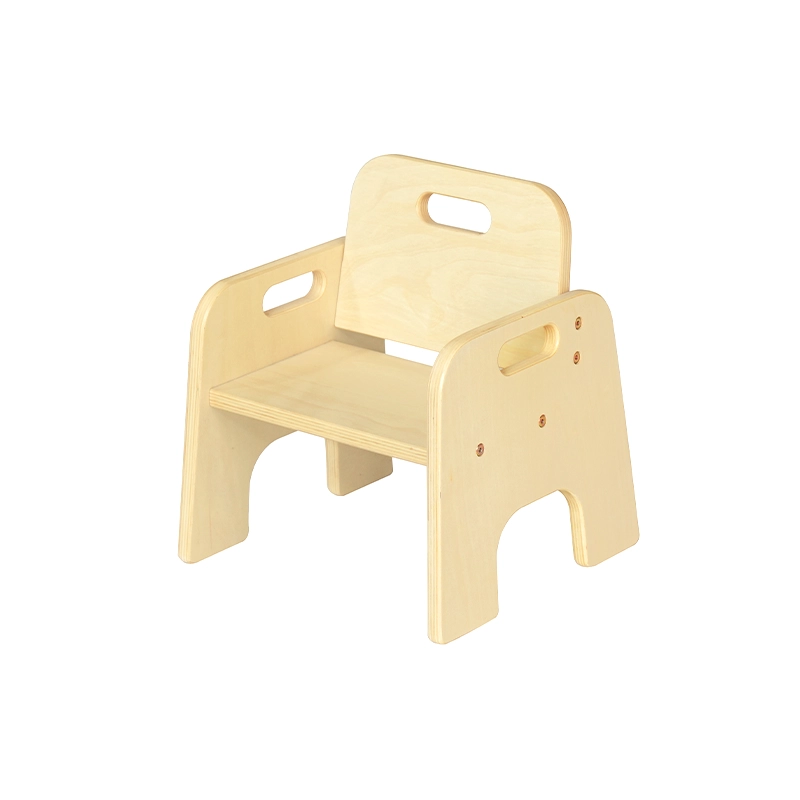
Preschool Stacking Chair

Feeding Chair
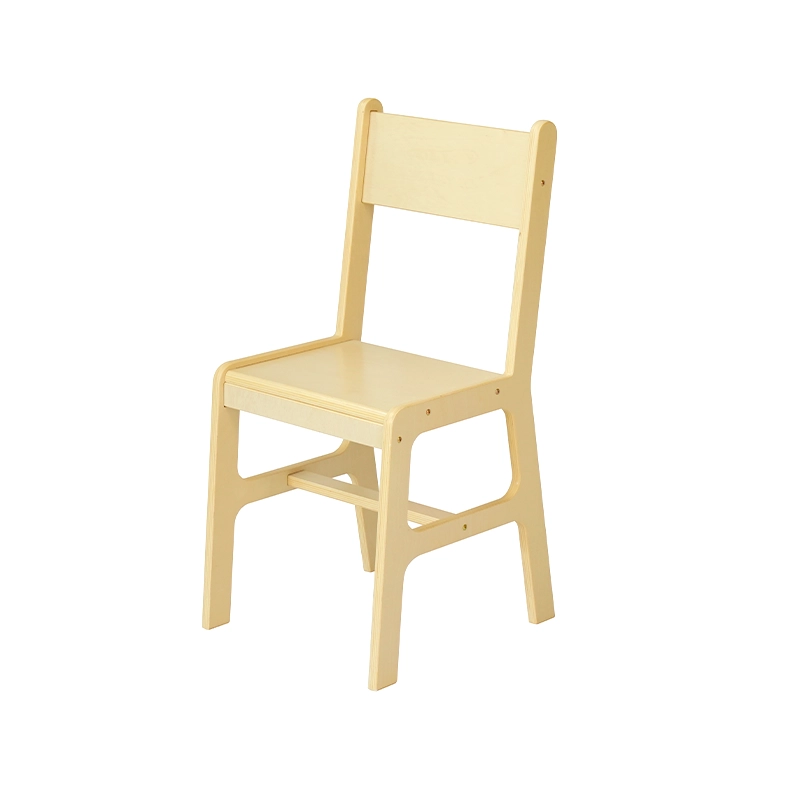
Open Back Chair
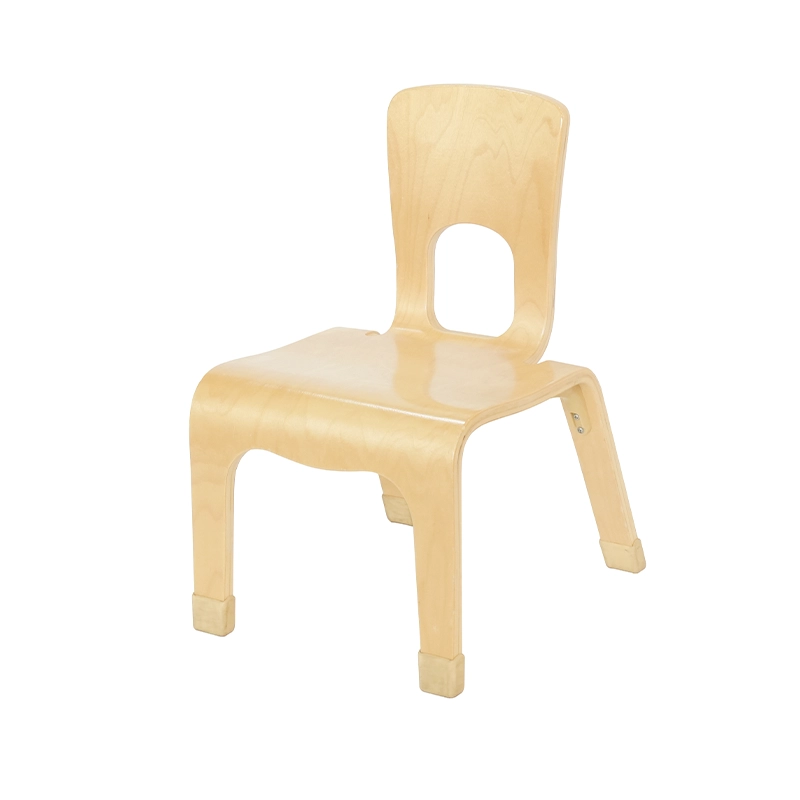
BentWood Chair

Bookcase With Storage
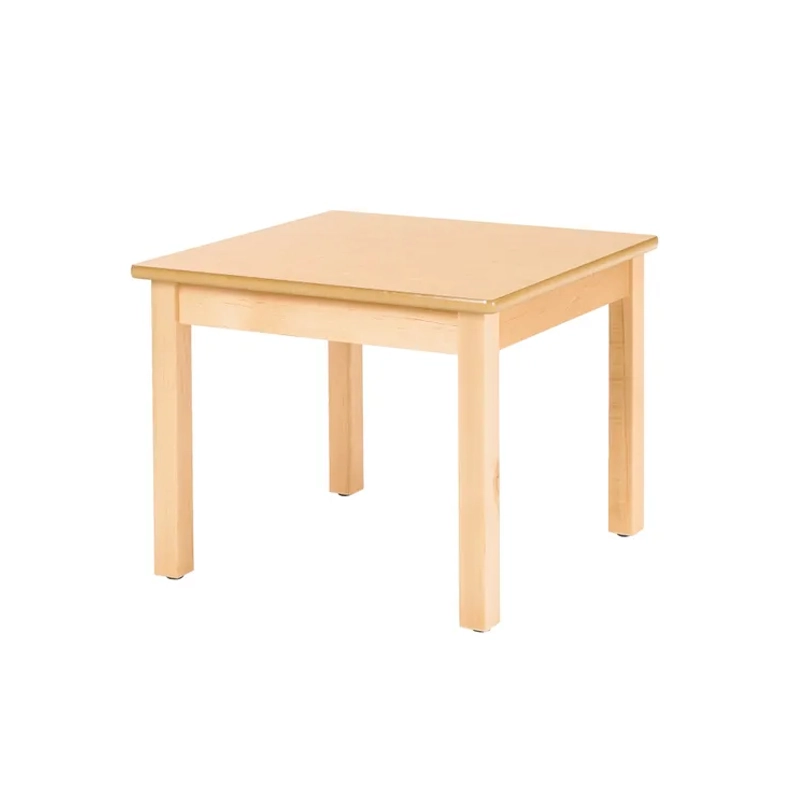
Square Table

Rectangle Table
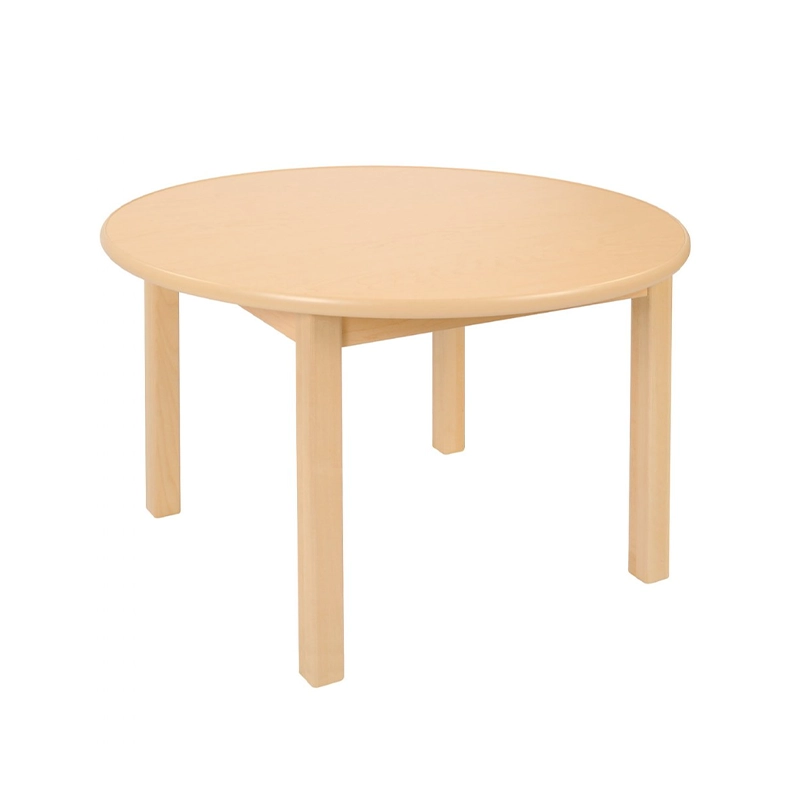
Round Table
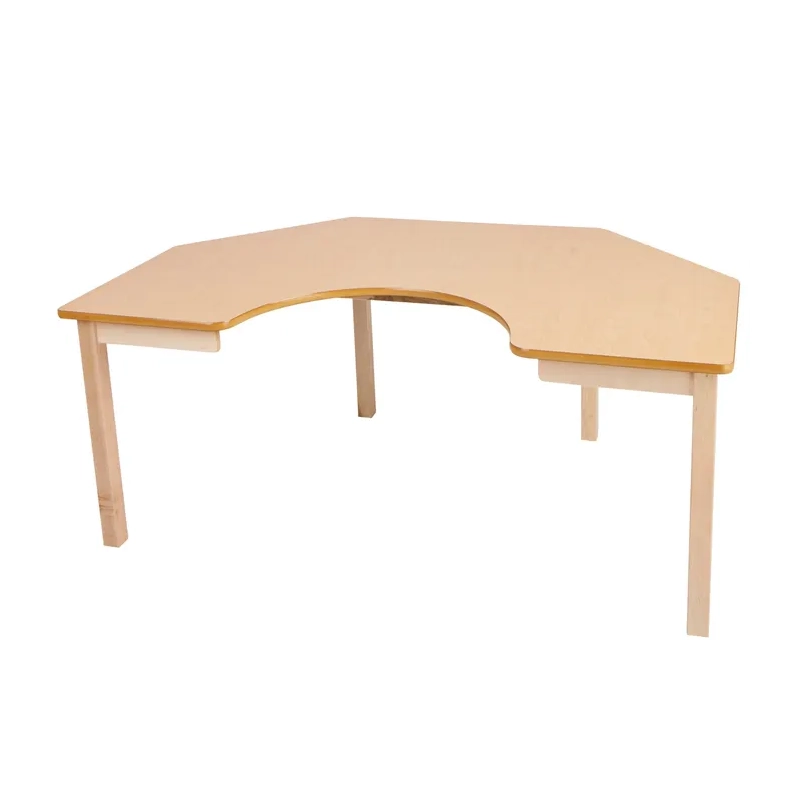
Kidney Shaped Table

Flower Table
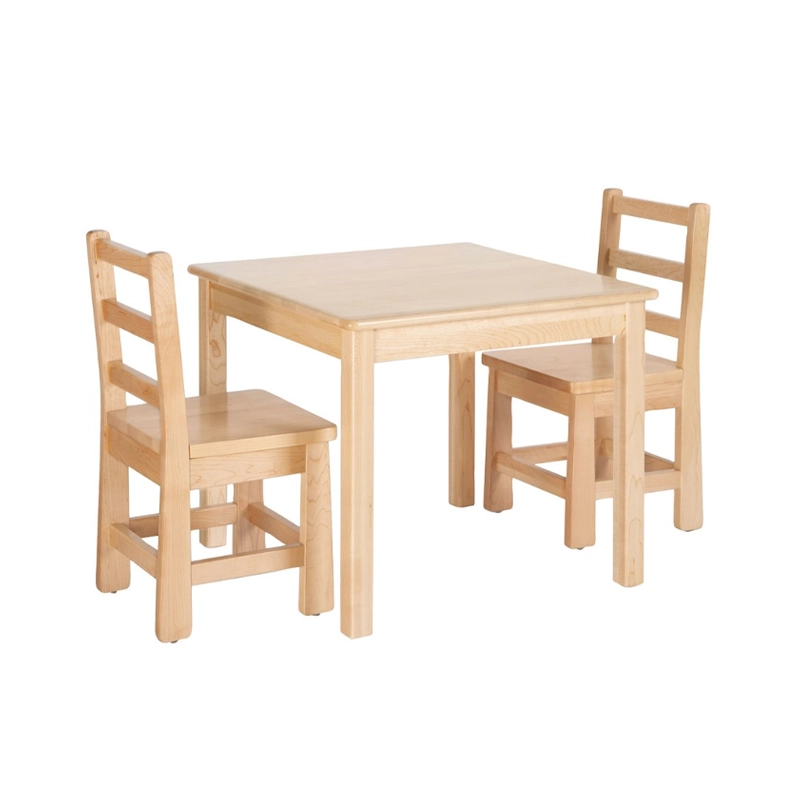
Table & Chair Set

Animal Chairs Set

Multipurpose Table and Chair Set

Rubberwood Table and Chair Set
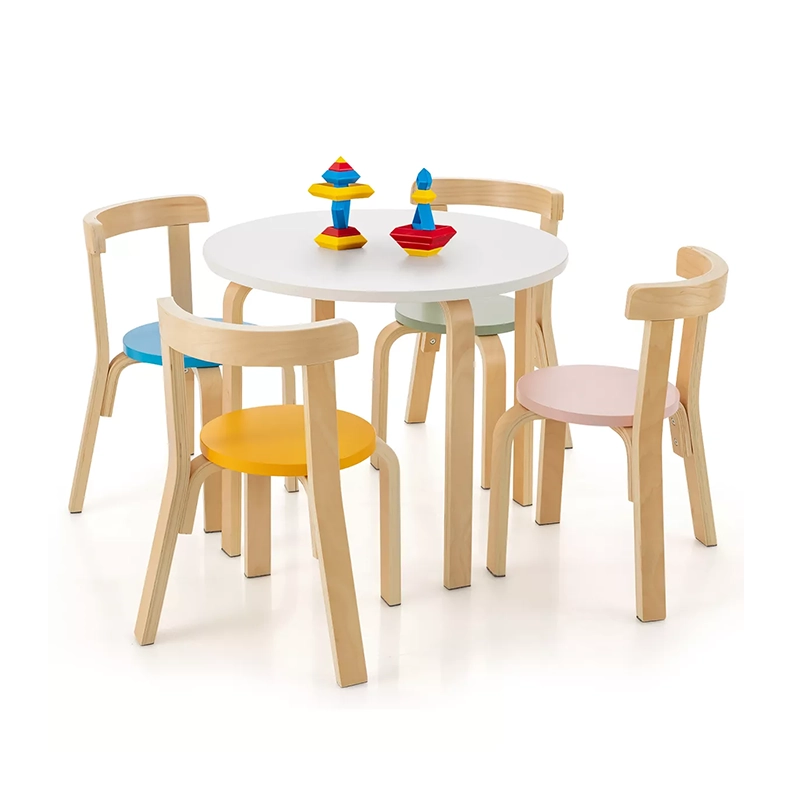
Activity Table & Chair Set

Kid's Play Table & Chairs
Manufacturing and supplier partner for preschool furniture
With years of professional experience, we have become a trusted brand specializing in manufacturing and supplying custom tables, chairs, and classroom furniture designed for preschool environments. Our commitment to quality has led us to build partnerships with educational institutions worldwide, and we have been recognized for our innovative designs and exceptional customer service.
We offer a comprehensive range of services, from classroom layout planning and furniture customization to after-sales support, ensuring each customer receives a bespoke solution that meets their unique needs.
Advanced manufacturing techniques and stringent quality control processes are in place to produce furniture that can withstand the daily rigors of the preschool environment.
Many Materials Available
Our Preschool Tables and Chairs are crafted from various top-grade materials, each selected for its unique benefits to suit the demands of active learning environments. Here is a detailed look at the materials we use:
-
Maple Known for its durability and resistance to wear, maple is a dense, light-colored hardwood that withstands the rigors of daily use in a classroom setting.
-
Brich This wood has a fine grain and smooth surface that's easy to clean and maintain. Birch is relatively affordable and offers good strength-to-weight ratios.
-
Beech Beech is a strong, hard wood with a fine, tight grain and high shock resistance, making it suitable for furniture that endures constant use.
-
OAK Oak is highly durable and resistant to moisture, making it ideal for furniture that needs to withstand heavy use and occasional spills. Its distinctive grain pattern also adds aesthetic value to furniture.
-
Plywood Comprised of multiple layers of wood veneers glued together, plywood is known for its strength and durability. It's often used for chair seats, backs, and tabletops because of its ability to withstand heavy use and resist warping.
-
Pine While softer than hardwoods, pine is cost-effective and features a pale yellow color with visible grains and knots, giving it a rustic appeal.
-
MDF Made from wood fibers combined with wax and resin binder, MDF is denser than plywood and provides a very smooth finish when painted. It’s commonly used for furniture with intricate designs because it’s easy to shape and drill without causing splintering.
-
Particle Board Consisting of wood chips, sawmill shavings, or sawdust bonded together with a synthetic resin, particle board is a cost-effective option. It’s typically covered with laminates or veneers as it doesn’t hold screws as well as other composites.
-
Plastic Lightweight and easy to clean, plastic is a popular choice for preschool furniture. It resists stains and is available in a variety of bright colors that are appealing to children.
-
Metal Often used for the frames of tables and chairs, metal such as aluminum and steel provides strength and durability. These metals are typically powder-coated to prevent rust and provide a smooth, colorful finish.
Benefits of Using Preschool Tables and Chairs
Investing in suitable preschool chairs and table sets goes beyond practicality—it’s about fostering an engaging and safe environment for young learners.
Encourage Healthy Posture and Growth
Foster Engagement and Collaboration
Enhance Classroom Organization
Ensure Safety
Boost Aesthetic Appeal
Different Types of Classroom Tables and Chairs
To create the perfect preschool setup, it’s essential to understand the various types of furniture available and their ideal uses.
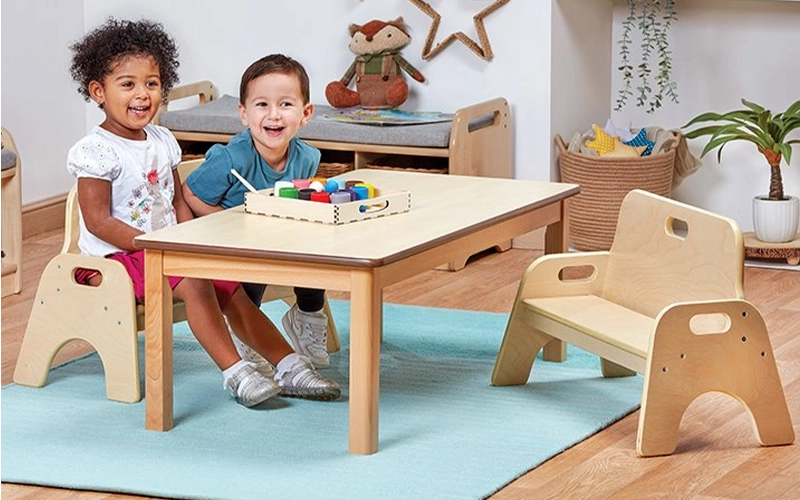
Standard Sets

Group Tables
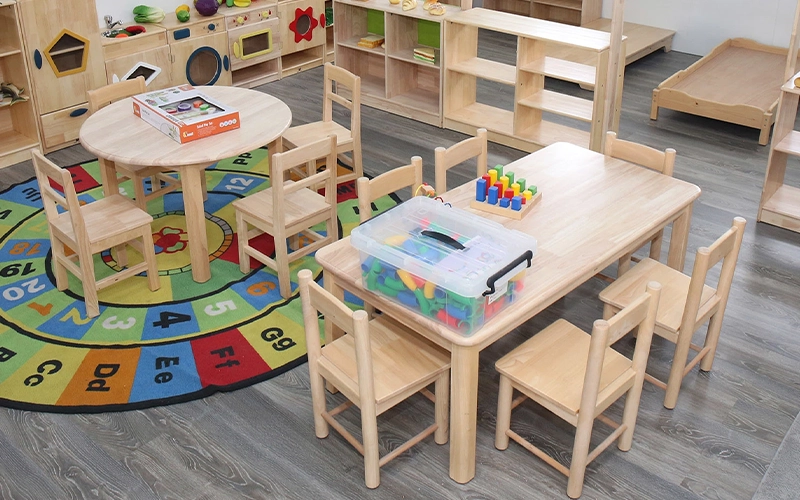
Combination Sets

Activity Tables
5 Tips for Choosing Kindergarten Tables and Chairs
Selecting the perfect kindergarten classroom tables and chairs requires a combination of practicality, safety, and design considerations.
Needs of Your Space
Evaluate the dimensions and layout of your classroom. Ensure enough space for children to move freely while accommodating the required classroom tables and chairs. Consider spacious tables and chairs for preschool classroom setups, like circular or kidney-shaped tables for group learning.
Choose the Right Size
The size of the furniture significantly affects comfort and posture. Preschool size table and chairs should allow children to sit with their feet flat on the floor and their arms resting comfortably on the table. Adjustable-height options provide flexibility for mixed-age classrooms.
Opt for Durable Materials
Durability is key when selecting furniture for high-activity environments like daycare or preschool. Look for wooden classroom tables and chairs or molded plastic options that are scratch-resistant, easy to clean, and built to last.
Prioritize Safety
Safety features like rounded edges and stable designs are essential for preventing injuries. Non-toxic materials are crucial for items like daycare toddler table and chairs, ensuring children are not exposed to harmful substances.
Balance Aesthetic and Functionality
Choose furniture that is both visually appealing and functional. Bright colors can create a cheerful atmosphere, while practical features like built-in storage in preschool activity table and chairs help maintain organization.
Preschool Table and Chair Size Chart
Selecting appropriately sized furniture is essential for children’s comfort and safety. Here’s a quick reference for childrens tables and chairs for daycare or preschool:
| Age Group | Table Height | Chair Seat Height | Best Uses |
|---|---|---|---|
| 1-2 years | 14 inches | 8 inches | Group work, drawing, and puzzles |
| 3-4 years | 16 inches | 10 inches | Arts and crafts, collaborative tasks |
| 4-5 years | 18 inches | 12 inches | Writing, reading, and academics |
| 5-6 years | 20 inches | 14 inches | Advanced preschool activities |
Preschool Table and Chair Arrangement Tips
Arranging preschool classroom tables and chairs is more than just placing furniture; it’s about designing a space that enhances learning, creativity, and safety. Here are some detailed tips for arranging your classroom to maximize its potential:
1. Divide the Room into Zones
Create specific areas for different activities to help children stay organized and focused. For example:
- Learning Zone: Use a preschool activity table and chairs for tasks like drawing, puzzles, or early writing.
- Snack Zone: Arrange daycare toddler table and chairs for meal times, ensuring easy access to cleaning supplies nearby.
- Quiet Zone: A cozy corner with a preschool wooden table and chairs can serve as a reading nook or a space for individual work.
By assigning dedicated zones, you minimize distractions and ensure each area is optimized for its intended purpose.
2. Optimize Space for Movement
Children need plenty of space to move around freely without bumping into furniture. Follow these guidelines:
- Leave 24–36 inches of walking space between classroom tables and chairs.
- Position furniture to allow teachers easy access to all areas of the room for supervision.
- Avoid clutter by selecting compact furniture like preschool folding tables and chairs for smaller classrooms.
3. Arrange Tables Based on Activities
The arrangement of tables and chairs for preschool classrooms should reflect the planned activities.
- Group Learning: Use preschool round tables and chairs or kidney-shaped tables to encourage teamwork. Arrange them centrally for easy supervision.
- Individual Tasks: Line up rectangular tables along walls for independent activities like writing or crafts.
- Creative Play: Place preschool activity table and chairs near supply shelves for easy access to art materials.
4. Maximize Natural Light and Visibility
Arrange kindergarten classroom tables and chairs to take advantage of natural light. Position tables near windows, but ensure that glare doesn’t interfere with tasks.
- Teacher’s View: Arrange seating so teachers can easily monitor all children, especially during group activities.
- Child-Friendly Layout: Keep frequently used items like books and supplies within arm’s reach to encourage independence.
5. Encourage Flexibility
Incorporate movable furniture like preschool folding tables and chairs for quick reconfigurations. This flexibility allows the classroom to adapt to various daily activities, from storytelling to science experiments.
6. Prioritize Safety in Placement
Safety is paramount when arranging tables and chairs for preschoolers:
- Avoid placing furniture near sharp corners or hazardous areas like heating units.
- Ensure all pathways are clear to prevent tripping hazards.
- Use furniture with non-slip feet for added stability, especially in high-activity zones.
How to Maintain and Clean Kindergarten Tables and Chairs?
Keeping daycare table and chairs or preschool activity table and chairs clean and well-maintained is essential for hygiene and longevity.
Daily Cleaning
Weekly Disinfecting
Monthly Deep Cleaning
Regular Inspections
Involve Children
FAQs
Preschool table heights should typically range between 18 and 22 inches to accommodate the average height of preschool-aged children and allow them to sit comfortably with their feet flat on the floor.
Child-sized furniture ensures that young children can sit properly and reach their tables without strain, promoting good posture and more effective learning and engagement in classroom activities.
The best preschool furniture is durable, easy to clean, and appropriately sized for children. Materials like laminate for tables and wood or plastic for chairs are popular due to their durability and ease of maintenance.
As soon as toddlers can sit up on their own and engage in focused activities, it's beneficial to provide them with appropriately sized tables and chairs, typically starting around the age of
The chair height should be such that the child's feet are flat on the ground and their knees are at a 90-degree angle when sitting. A general rule is to have a chair with a seat height that is about one-third the height of the table
When choosing a toddler table, look for sturdy construction with rounded edges, a size appropriate for the child's height, and materials that are easy to clean. Consider tables with adjustable heights to accommodate growing children.
Tables and chairs are fundamental for creating an organized learning space where children can effectively focus on tasks, interact with peers, and participate in guided activities.
Arrange tables and chairs to promote interaction and collaboration among children, considering the classroom's size and planned activities. U-shaped, circle, and group clusters are common arrangements that facilitate both individual and group work
The most effective seating arrangement depends on the teaching style and planned activities. Flexible arrangements that can be easily modified are ideal, allowing for changes between lecture-style seating, group work, and individual activities
Movable furniture offers flexibility in the classroom setup, enabling teachers to alter the arrangement to suit different educational activities better and adapt to young learners' dynamic needs.
As a leading manufacturer and supplier of preschool furniture for over 20 years, we have assisted more than 5000 customers in 10 countries with setting up their preschools. If you encounter any issues, please call us for a free quote or to discuss your needs.

